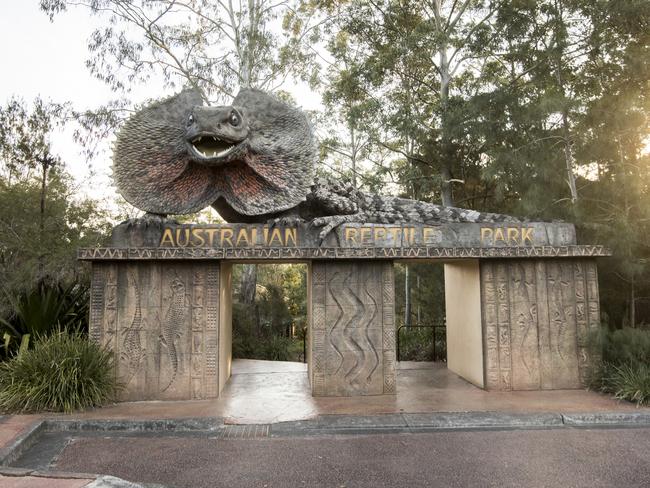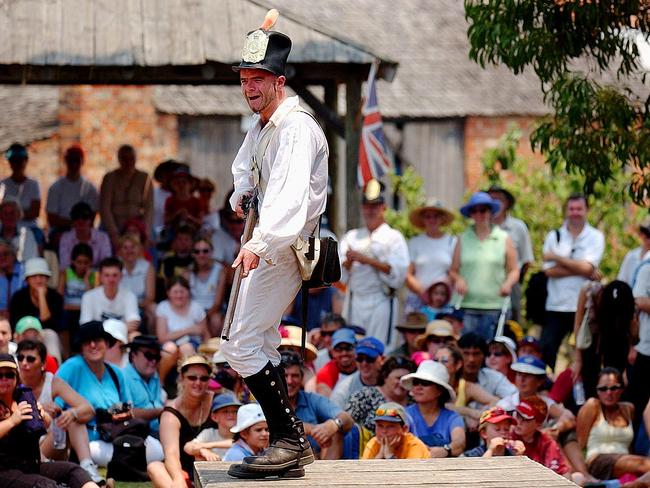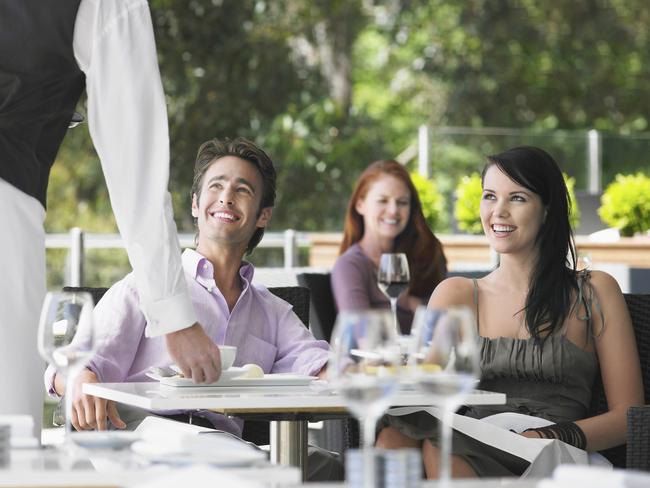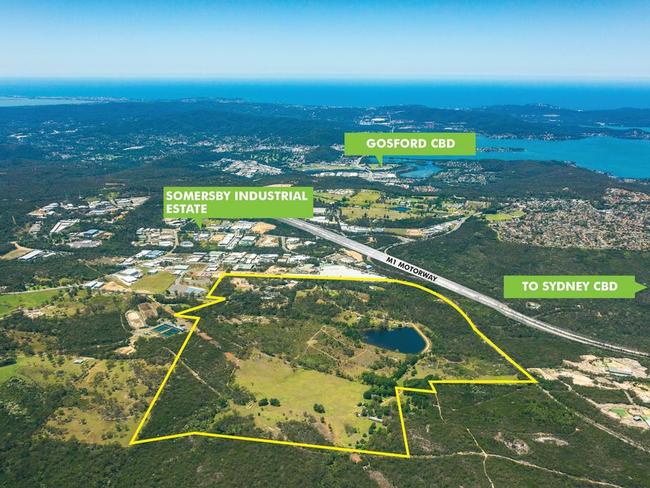Old Sydney Town buyer World Culture Tourism Village reveals ideas for site
They’ll expand the Australian Reptile Park, they’ll keep iconic Ploddy the Dinosaur and bring back some version of Old Sydney Town — and that’s just the start. The new site owners of Old Sydney Town want your input.
- Old Sydney Town sold
- Former Old Sydney Town owner says park could be rebuilt
- How Old Sydney Town looks today
- Old Sydney Town could be swamped by housing
Almost a year after the former Old Sydney Town site sold to an unnamed buyer the new owner has stepped forward with far reaching concepts for the Somersby land.
Global tourism consortium World Culture Tourism Village purchased the 120 hectare site in 2018 for more than $20 million, including five parcels of land.
This encompassed the defunct 1970s heritage theme park as well as the region’s premier tourist destination, the Australian Reptile Park and surrounding land.

Now World Culture Tourism Village has released a vision for the site which may involve resurrecting parts of Old Sydney Town and expanding the Australian Reptile Park
The concept also puts forward ideas such as a global tourism village and leisure precinct, community indoor and outdoor spaces, a boutique retail shopping village, a food and bar precinct, water activities, hotels, exhibition spaces, retail spaces and residential development.
But, what happens on the site will depend heavily on feedback from the community with a five week exhibition of a draft structural plan already open for comment on the company website.
This feedback will inform more detailed plans for future development of the site.

Have your say
A number of “community pop-up” feedback sessions will be held at local shopping centres. The first take place on Saturday (May 11) from 9am until 12pm at Tuggerah Supa Centre and from 2pm to 5pm at Erina Fair.
A further community information and feedback session is scheduled for Saturday, May 25 from 9am to 12pm at Wyoming Community Centre.

We’ll keep the Ploddy
World Culture Tourism Village CEO Guben Huang said the company was committed to working closely with the community as it developed a detailed concept plan for the site.
“We value the site’s history and we want to deliver something here that the people of the Central Coast can be proud of, which is respectful of the past but which also provides employment, recreation and tourism opportunities for the future,” Guben Huang said.
“We are at the start of a long and ongoing conversation with the community about the site and we look forward to hearing their feedback over the coming weeks on our initial ideas.”
The Old Sydney Town theme park operated on the site between 1975 and 2003 before it closed after many years of financial losses.

“In the past, the site has failed because it has been limited to a single use, stand-alone tourism destination, dispersed over a wide area.”
“While we want to retain some of the Old Sydney Town buildings to create a key tourism destination that pays tribute to Sydney’s colonial past, we also believe there is an opportunity to enrich the entire site by creating new and contemporary tourism attractions and accompanying land uses.”
“I do want to make one thing clear — we will be keeping the iconic Australian Reptile Park and Ploddy the Dinosaur because we recognise how important they are to this community.”

Company background
World Culture Tourism Village’s website said it has “a proud and extensive history in delivering world-class projects around the globe, including; resorts, hotels, office buildings, industrial parks and boutique residential developments.”
It says the investors and managerial personnel of WCTV are a consortium of members who have experience working within Australia on a range of property development.

“Established in Sydney, WCTV focuses on long term and robust growth on Australian cultural tourism and commercial real estate,” the website says.
“WCTV are committed to listening and engaging with the community to better understand the local area. We look forward to hearing the needs and views of the community, and creating a world class precinct that recognises its historical and cultural appeal and supports the future values of the Central Coast region.”


